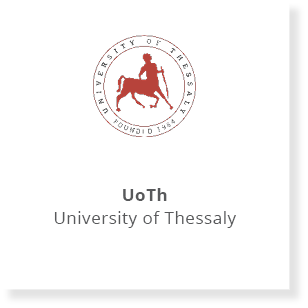


Fluorescence spectroscopy is a versatile technique frequently used for the analysis of the tertiary structure of proteins. Most proteins exhibit intrinsic fluorescence, predominantly derived from tryptophan and tyrosine residues. Changes in protein conformation caused by different solution conditions (pH, excipients, etc.), elevated temperature, storage and/or interaction with other biomacromolecules can be detected by means of fluorescence measurements. This is due to the fact that tryptophan fluorescence (selective excitation at 295 nm) is particularly sensitive to the local environment of the residue. Thus, any conformational change (e.g. unfolding, aggregation) leads to changes in fluorescence intensity and/or emission maximum. Apart from intrinsic fluorescence, the use of suitable fluorophores or dyes (such as Nile red, ANS, FITC, pyrene) is also available in order to probe protein conformational changes.
